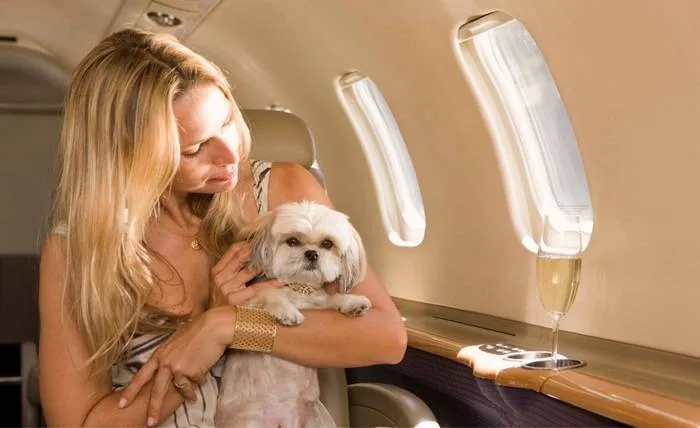Introduction to Pet Travel
The trend of including pets in our travel plans has grown significantly as more people view their furry friends as part of the family. Airlines have responded by expanding their services to accommodate animal passengers, facilitating their transport across borders. A noteworthy destination for many pet owners is Spain, which is known for its welcoming attitude towards animals and picturesque landscapes. While the thought of exploring new territories with a pet is exciting, it comes with a set of challenges. Orchestrating successful pet travel requires understanding various legalities, health risks, and logistical considerations. Above all, ensuring your pet’s comfort during a lengthy travel period is a primary responsibility of every pet owner.
Choosing the Right Pet Transport Service
Selecting a reputable pet transport service is fundamental in guaranteeing the safety and comfort of your pet during the trip. An experienced pet transport service with positive testimonials, compliance with the Animal Welfare Act, and membership in recognized industry organizations can make a huge difference. They manage the logistics of your pet’s travel and stay updated on changing regulations, reducing the burden on pet owners. A trustworthy service provider will take the time to understand your pet’s needs and tailor their services accordingly, especially for in-demand routes such as pet transport to Spain.
Understanding Regulations and Requirements
International pet travel is governed by a complex web of regulations that vary from country to country, and compliance with these rules is non-negotiable. To start, pets typically require identification such as microchips, and their vaccination records must be current, including a valid rabies vaccine certification. Many destinations, including European Union countries, necessitate a pet passport that details the pet’s health and vaccination history. Travel to Spain, for instance, will require meeting the EU standards for pet travel. Beyond the destination’s requirements, airlines have their policies concerning pet transport. These range from the permissible dimensions and materials of pet carriers to limitations on the number of animals allowed on each flight. Knowledge of both country-specific and airline regulations is critical to avoid last-minute disappointments and ensure seamless travel arrangements.
Pre-Flight Preparation for Your Pet
Once you have navigated the web of regulations, attention must be paid to preparing your pet for travel. Introducing your pet to their travel crate is crucial to mitigate travel-induced anxiety. Pets associate comfort with familiarity, so placing familiar items, such as favorite toys or blankets, inside the crate is wise. Moreover, having the pet spend incrementally more time in the crate can make the experience less daunting when it’s time to fly. Developing a checklist of essential items for the pet’s voyage is also important. This includes collapsible feeding bowls, medication, and any exceptional dietary food. Consulting with a veterinarian can give insights into additional pre-flight measures to ensure your pet’s health, such as motion sickness medications or calming pheromones.
On The Day of Departure
The day of travel can be stressful for both pets and their owners, but careful planning can significantly reduce potential hurdles. Limit food intake before the journey to prevent in-flight discomfort, but ensure your pet is well-hydrated. Allocate ample time for exercise to allow your pet to burn off excess energy. Before leaving for the airport, ensure you have all your pet’s travel documents easily accessible. A final review of the pet’s carrier, ensuring it’s secure and labeled correctly with your contact information, will add a layer of safety during travel.
In-Flight Pet Comfort and Safety
The actual travel phase can be a source of trepidation for pets, and airlines implement various measures to ensure their well-being. Pets may travel in the cabin with their owners if they meet size restrictions or in a pressurized and temperature-controlled cargo area. To promote in-flight comfort, it is advisable to include an item with the owner’s scent to provide reassurance and a calming effect. While airlines cover basic safety protocols, a pet transport service can add another level of personalized care, offering updates to pet owners and attending to pets’ needs during layovers or long hauls.
Arrival and Post-Flight Procedures
Upon landing at your destination, several steps still involve your pet. Like many countries, Spain requires that arriving pets go through customs and possibly a health inspection to ensure they do not pose a risk to local fauna. Be aware that in some cases, pets may need to undergo a period of quarantine. Planning for these eventualities by researching the specific entry requirements will help avoid unnecessary delays and stress upon arrival.



